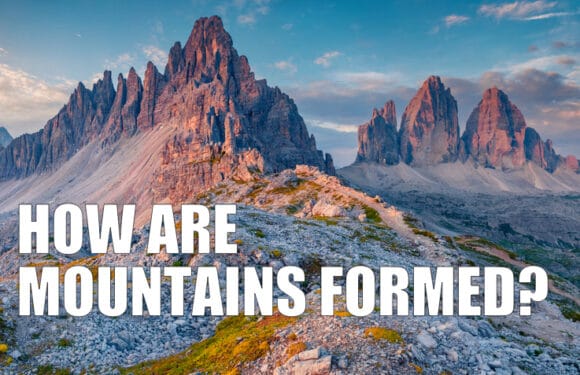
South America, the fourth largest continent, harbors some of the world’s most imposing mountains. No other continent is dominated by mountains like South America. This article discusses the continent’s major mountain ranges.
The most dominant geographical feature in South America is the Andes Mountains, which stretch along the western coast of South America. This mountain range is the highest range outside of the Himalayas. There are 100 peaks exceeding 6,000 meters (19,685 feet) in elevation here.

The Andes shapes the continent’s landscape, climate, and ecosystems to a significant extent.
The western slopes, facing the Pacific Ocean, receive heavy rainfall, fostering lush forests and fertile valleys, such as the renowned Sacred Valley in Peru and the fertile wine regions of Chile. Meanwhile, the eastern slopes experience a drier climate due to the rain shadow effect, leading to arid landscapes like the Altiplano, a high plateau spanning parts of Bolivia and Peru.
Andes Mountains
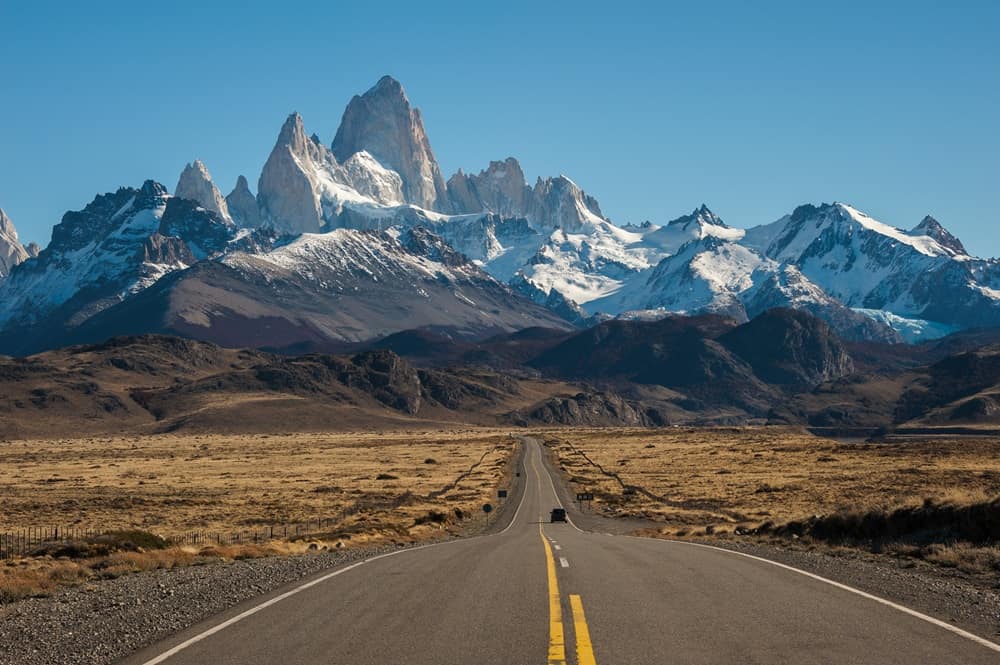
The Andes Mountains were created over 50 million years ago, when the South American and Pacific tectonic plates collided. They form the world’s longest continental mountain range, spanning an astonishing length of nearly 5,600 miles and span seven South American nations: Ecuador, Argentina, Bolivia, Colombia, Chile, Peru, and Venezuela.
These mountains are categorized into three diverse regions—the Dry Andes, the Wet Andes, and the Tropical Andes. The towering apex of the entire range is Mount Aconcagua in Argentina, soaring to a staggering elevation of 22,837 feet. Alongside this iconic peak, others like Mount Mercedario, Mount Bonete, and Mount Ojos del Salado add to the Andes’ distinction as the continent’s longest mountain range.
Serra Do Mar
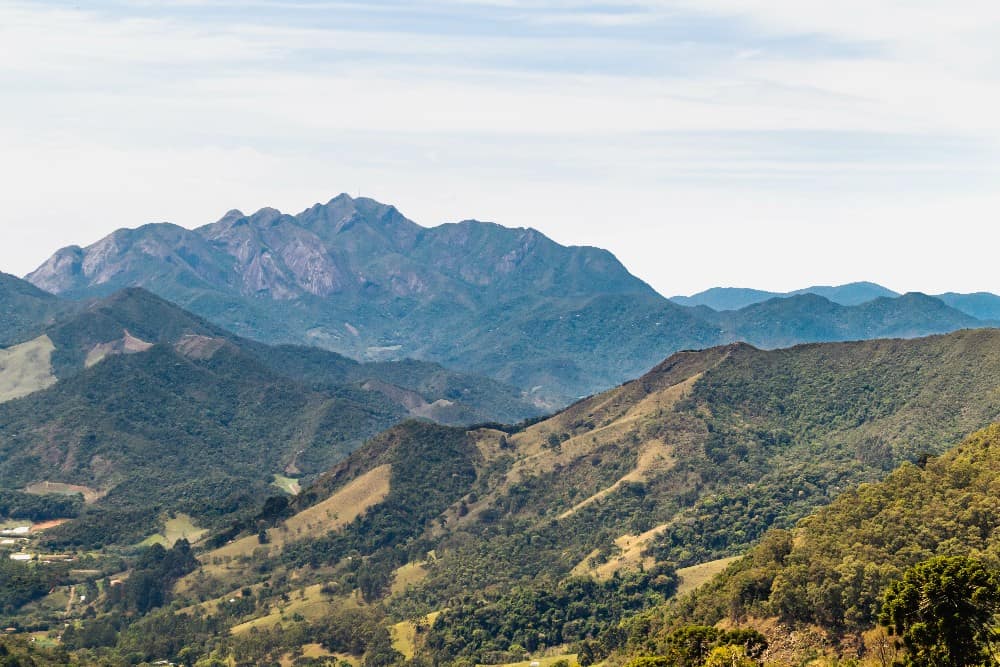
Serra Do Mar, situated in southeastern Brazil, spans about 930 miles along the Atlantic Ocean, from Espirito Santo to Santa Catarina. Covering an area of approximately 19,065 square miles, its highest summit, Pico Parana, reaches a notable elevation of 6,158 feet. The Serra Do Mar range is a biodiversity hotspot, hosting an incredible variety of plant and animal species, including numerous endangered ones.
Wilhelmina Mountains
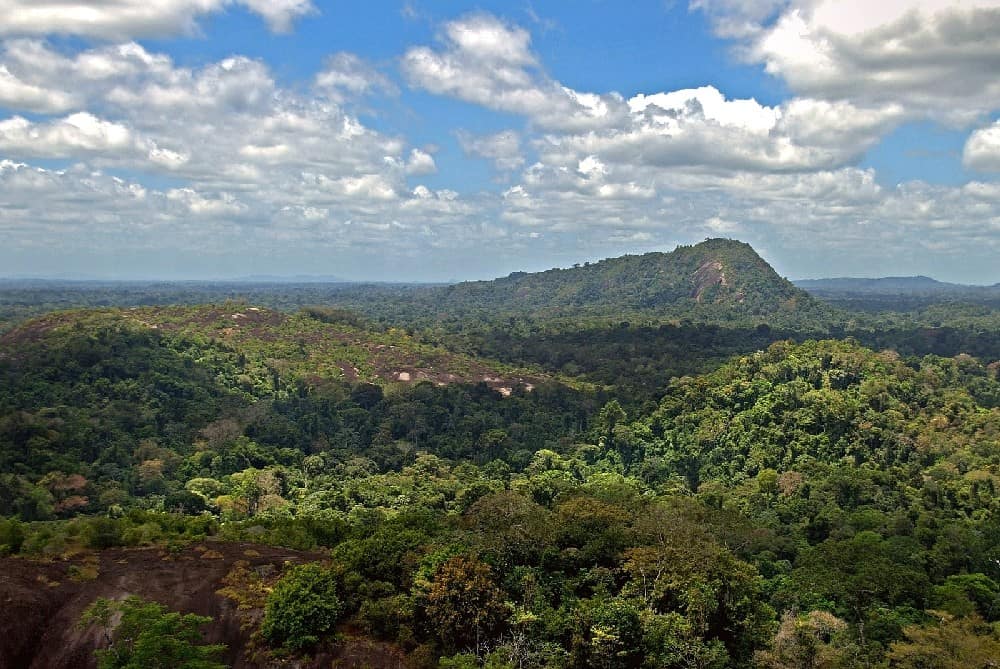
The Wilhelmina Mountains, or Wilhelminagebergte in Dutch, are a mountain range situated in the interior of Suriname, a country located in northern South America. The mountains were named after the Dutch Queen Wilhelmina. It is one of the smaller ranges in South America, spanning only 70 miles, and its highest peak, Julianatop, is 4,199 feet tall. The Wilhelmina Mountains hold historical significance, with ancient petroglyphs and cave paintings scattered across the region, offering glimpses into early indigenous cultures.
Sierra Nevada de Santa Marta
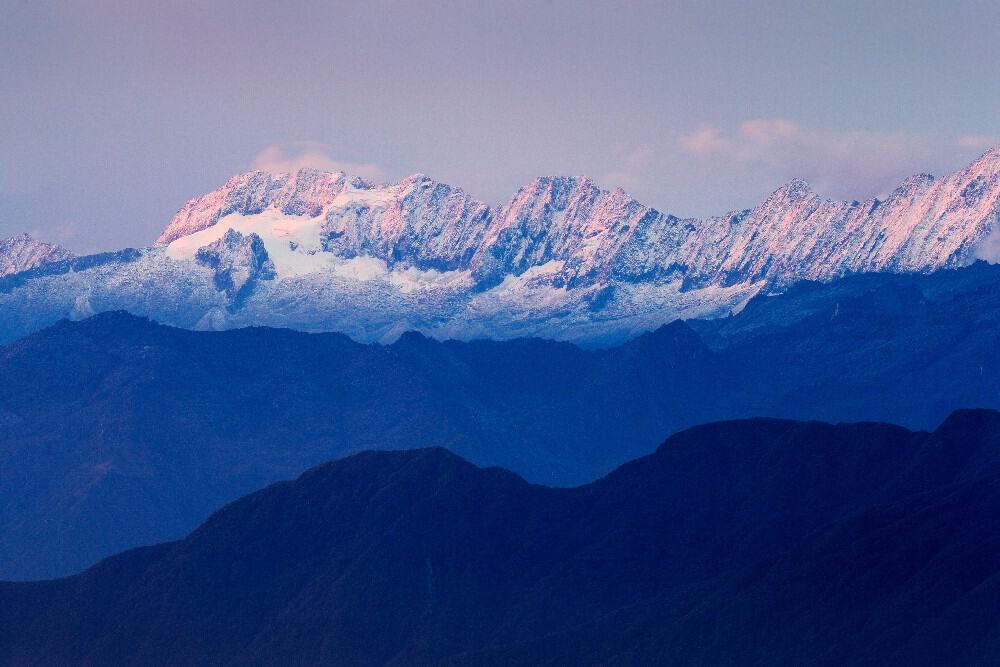
Colombia’s Sierra Nevada de Santa Marta, the highest coastal mountain range in the tropics, spans 238 miles and covers an area of 6,563 square miles. Pico Cristobal Colon stands as the tallest mountain in the range and is the highest point in Colombia, reaching an elevation of around 18,947 feet (5,775 meters). Pico Simon Bolivar follows closely behind at approximately 18,700 feet (5,700 meters). These peaks contribute to the region’s natural grandeur and challenging climbs.
Cordillera Blanca
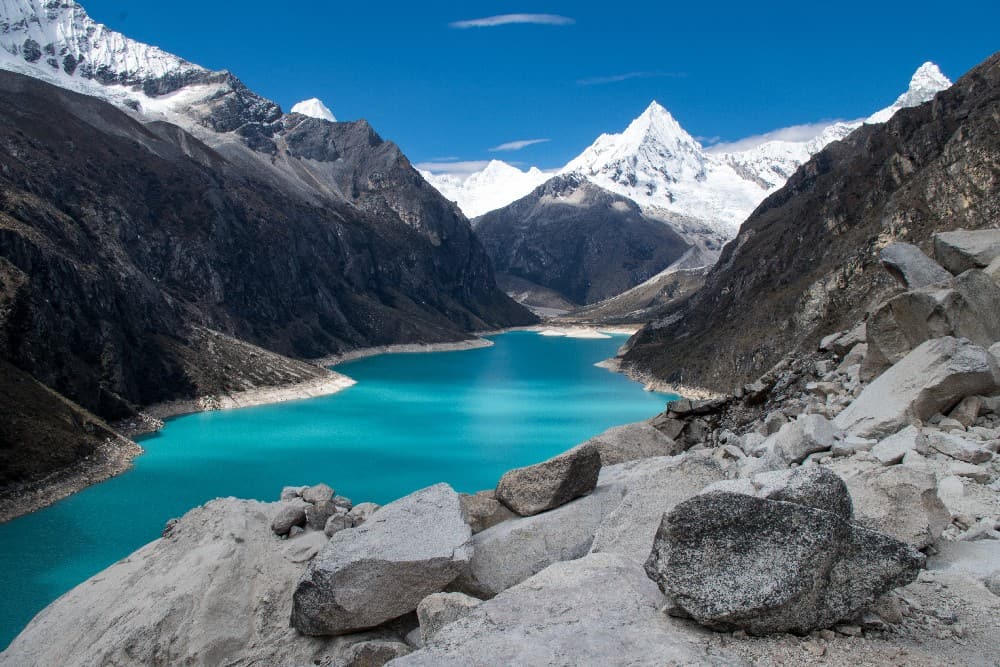
Peru’s Cordillera Blanca, a section of the Andes solely within Peru, extends across 124 miles and features the country’s highest peak, Huascaran, reaching an impressive 22,205 feet. This range, part of the Huascaran National Park, encompasses over 700 glaciers, making it the most concentrated ice-covered mountain range globally. Popular trekking circuits include the Santa Cruz Trek and the Huayhuash Circuit, both renowned for their stunning scenery and challenging terrain.
Cordillera Oriental
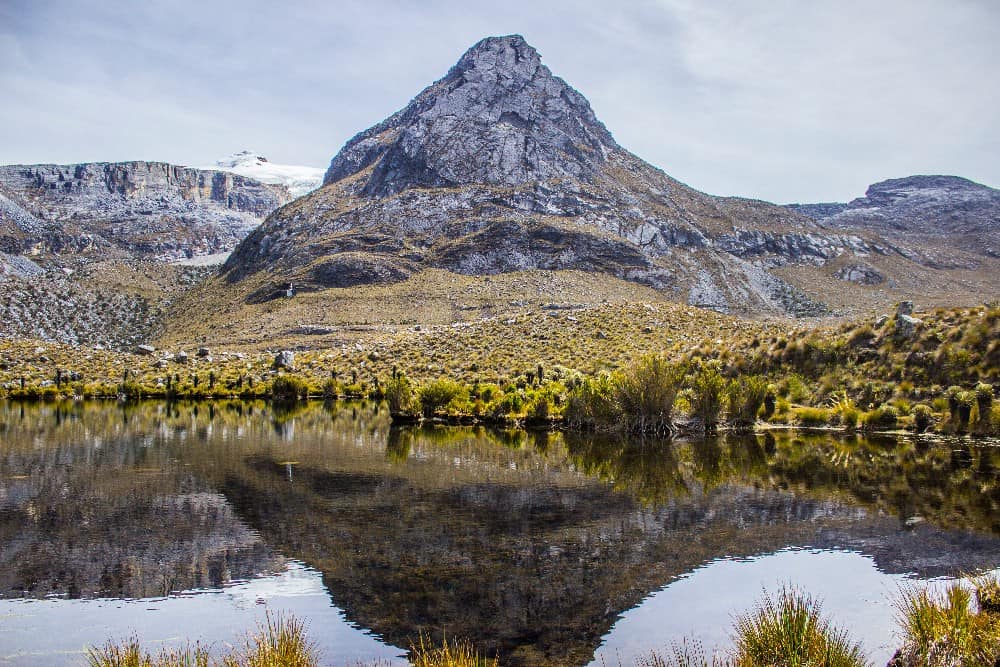
The Cordillera Oriental, also known as the Eastern Cordillera, is a vast mountain range that forms part of the Andes mountain system in Colombia. It spans over 745 miles and covers nearly 56,547 square miles. The Cordillera Oriental houses unique páramo ecosystems, known for their high-altitude grasslands and vibrant flora. Among its significant summits is Ritacuba Blanco, towering at approximately 17,750 feet (5,410 meters), marking the highest point within this range.
Paine Mountains
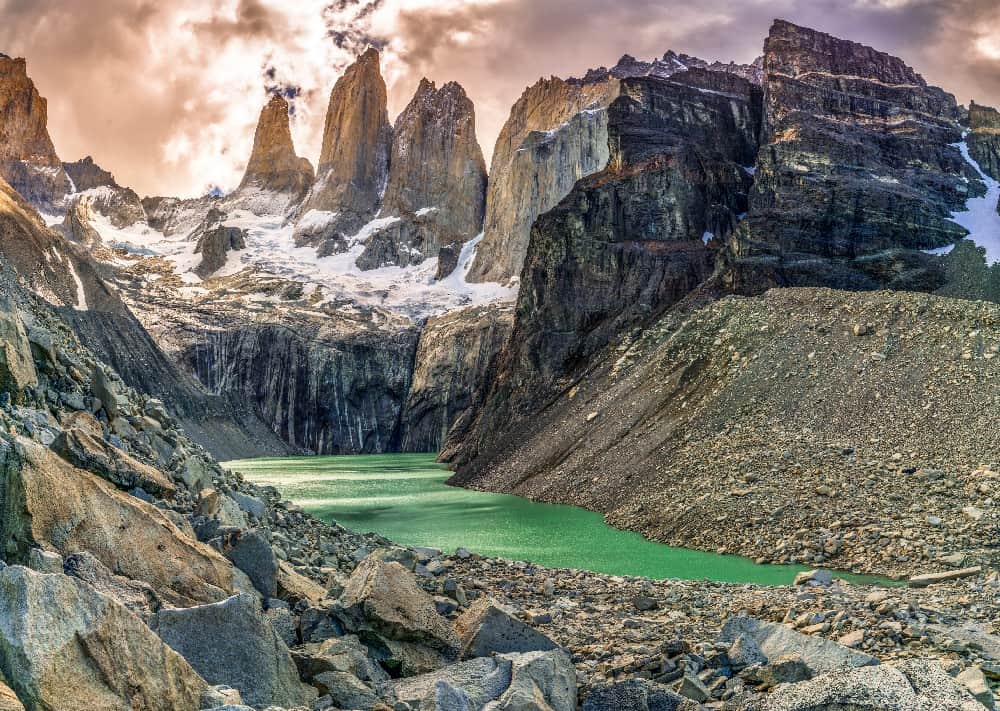
The Paine Mountains, known as Cordillera del Paine in Spanish, are a majestic mountain range situated within Torres del Paine National Park in southern Chile. The mountain range boasts iconic peaks such as the Cuernos del Paine (Horns of Paine) and the Torres del Paine (Towers of Paine), which are a series of granite peaks, towers, and spires. The highest summit, Cerro Paine Grande, reaches approximately 9,462 feet (2,884 meters).
Cordillera Huayhuash
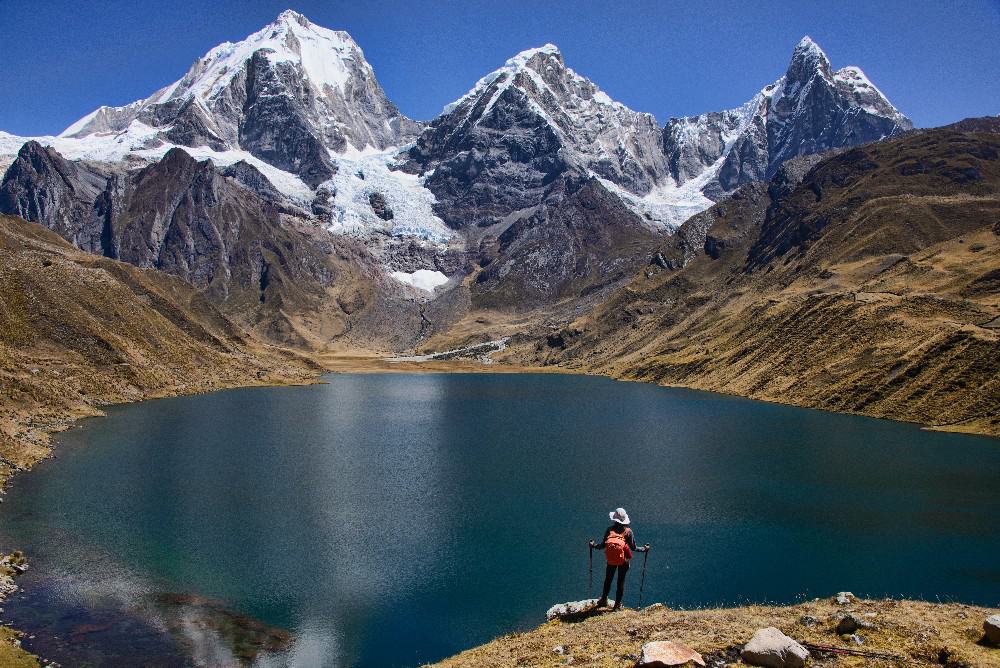
The Cordillera Huayhuash, nestled in the Peruvian Andes, spans only 19 miles. The range encompass several notable peaks, with Yerupajá standing as the highest at an elevation of approximately 21,768 feet (6,634 meters). Other impressive summits like Sarapo and Siula also exceed altitudes of 20,000 feet (6,096 meters). Unlike more accessible trekking destinations, the Huayhuash range offers a more remote and less-traveled experience.
Cordillera Occidental
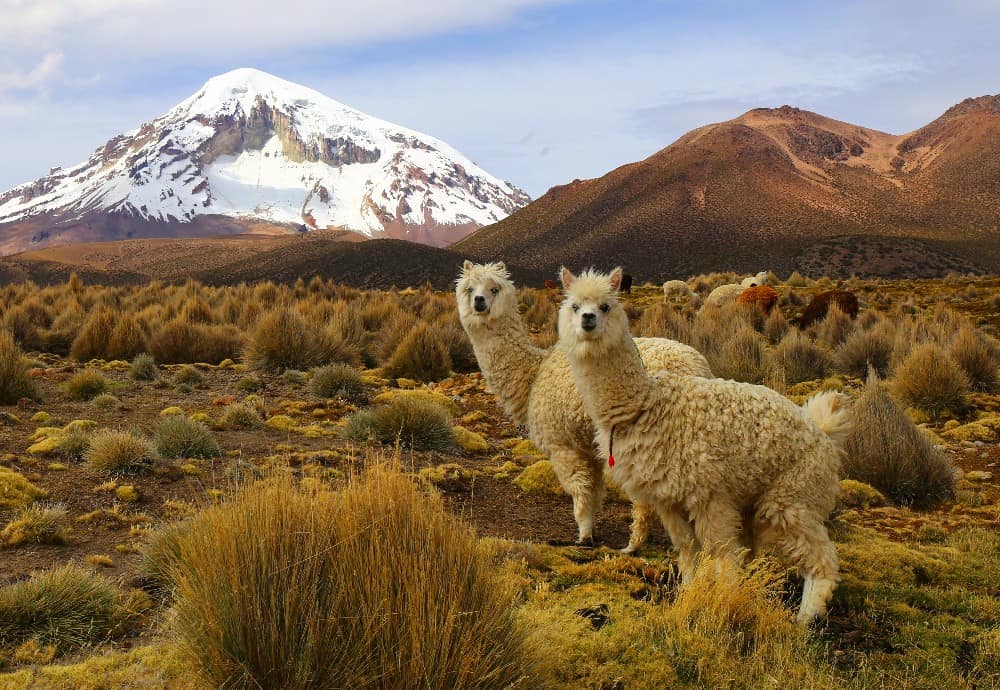
The Cordillera Occidental, also known as the Western Cordillera, forms part of the Andes mountain system. Running parallel to the Pacific coastline, the range creates a natural border between Bolivia and Chile. Nevado Sajama, the highest peak in Bolivia at approximately 21,463 feet (6,542 meters), is one of the prominent volcanic summits in the range. Some volcanoes, like Nevado Sajama, retain permanent snow cover.
Mantiqueira Mountains
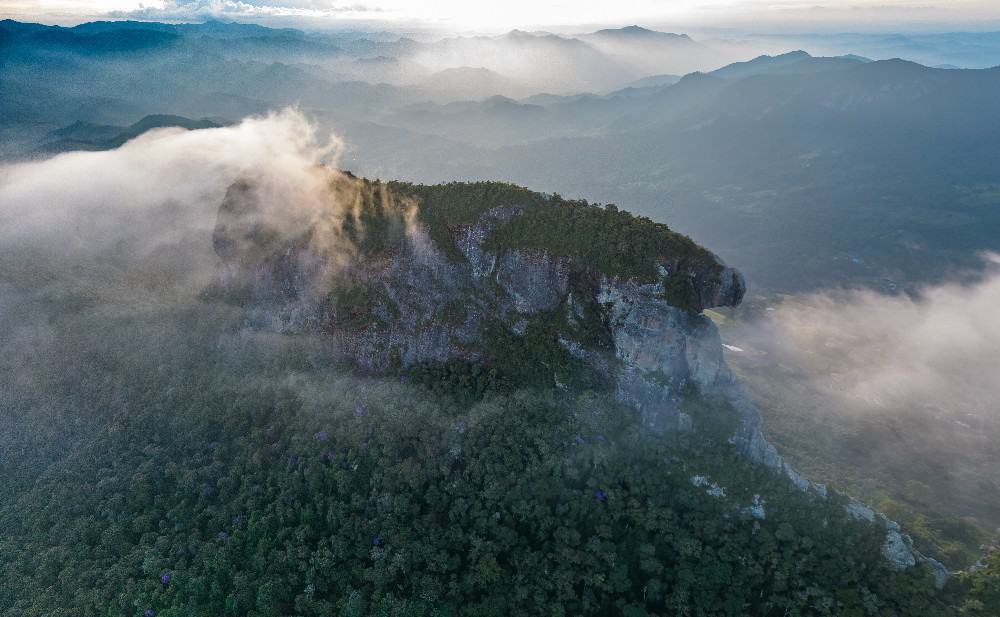
Stretching across the Brazilian states of Minas Gerais, São Paulo, and Rio de Janeiro, the Mantiqueira Mountains form part of the larger Serra do Mar mountain system. This range spans approximately 200 miles and boasts an intricate network of peaks, valleys, and rivers. The highest point, Pedra da Mina, rises to 9,180 feet. The Mantiqueira Mountains serve as a significant source of freshwater for the surrounding regions.


























































